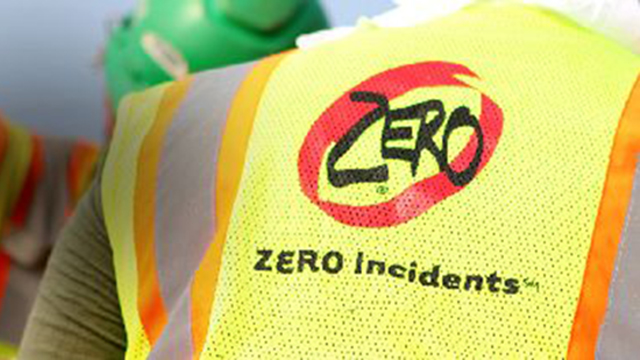
Focusing on more than metrics
Go beyond thinking in terms of achieving zero
Great news! Your project achieved a safety milestone by recording zero Occupational Safety and Health Administration (OSHA) recordable injuries. Mission accomplished, right? Not entirely. Most safety practitioners insist that there is always room for improvement with safety practices and procedures.
While the OSHA Recordable Incidence Rate (RIR) is a common and important metric for many organizations, some industry groups rank this indicator too high. Avoiding OSHA recordable injuries is always a good thing, but claiming victory based on that alone does not meet the true goal of safety. For example, how many close calls were there? How was your case management in avoiding the stigma of a recordable OSHA injury? As safety leaders, we should work to change the mindset that milestones equal achievements and shift to a clearer understanding of overall safety performance.
To better understand the evolution of safety performance measurements, it is important to appreciate why the OSHA RIR has become so prevalent. In 1982, the Business Roundtable issued the report “Improving Construction Safety Performance” to emphasize the importance of investing in safety programs and open dialogue between contractors and the workforce. The report also provided a relatively objective method to select safe contractors by suggesting the use of Experience Modification Rate (EMR) and OSHA RIR for safety evaluations. Furthermore, it proposed examining other criteria such as inspections, incident reporting and training.
Ultimately, the report’s appendix gave business owners a tool to objectively evaluate their contractors. The intentions were noble, but some readers may have taken these guidelines as definitive metrics, placing too much emphasis on OSHA recordable cases. In fact, many owners are still using variations of the original 1982 report appendix as a qualification document to help select contractors. Unfortunately, this reporting can lead to inconsistencies. For example, one dose of a prescription pain medicine qualifies as an OSHA recordable injury, as does a fractured femur. Ideally, injury severity should be considered, because incidence rates alone may not paint the clearest picture.
Evaluators sometimes focus on the numbers and place too much emphasis on case management in achieving safety performance. Workers notice when management continually stresses achieving zero RIRs. If bonuses and promotions are tied to OSHA rates, employees and contractors may intentionally or unintentionally avoid reporting incidents. In fact, the writers of the report stated, “The reliability of OSHA incidence rates is solely dependent of judicious reporting by the employer.”
Author of the OSHA Bluebook, Steve Newell, warns that OSHA rates were never intended to be used as a basis for qualification. In a recent presentation at a Southern Company contractor safety forum, he discussed the “collective misuse of OSHA data as the primary metric for driving and assessing safety performance.”
Dan Petersen, a nationally renowned safety consultant, often discussed the potential problem of measuring safety performance in terms of what we do not want to happen, such as injuries. Instead, he suggested focusing on measuring what we want to occur or what will improve safety. In the book “Pre-Accident Investigations,” human performance guru Dr. Todd Conklin says safety is not the absence of incidents; instead, safety is the presence of defenses. It is important to build safety systems and processes that minimize the impact of human error. This also means we must go beyond thinking in terms of achieving zero, particularly with regard to OSHA rates. It is vital to implement and manage proactive safety processes and take care of our people.
About the Author
Bob Fitzgerald serves as the manager of project safety and health for Southern Company Services, a Southern Company subsidiary in Birmingham, Alabama.
This article was originally published in the Fall/Winter 2015 edition of NCCER’s The Cornerstone magazine (http://www.nccercornerstone.org/publications/publications-archive). This content has been republished with the permission of NCCER and the publisher.


















